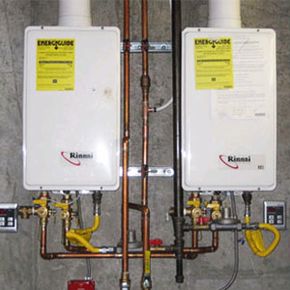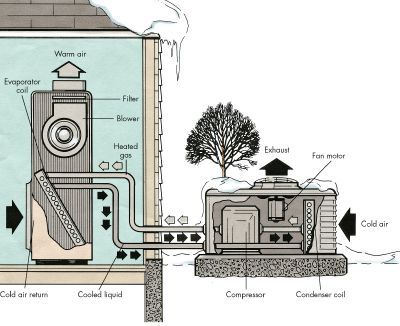When our water heater is working properly, we use hot water for everything from showers to laundry, without a thought. But when it stops working, we have to detect the source of the problem and repair it. How do we diagnose a water heater problem?
- If there's simply no hot water it could mean the pilot light's gone out. Check the pilot light. If it's out, you can relight it, by following the directions in your owner's manual. If you can't do this yourself, a gas company technician can do it for you [source: Anderson].
- If you hear strange noises coming from the hot water heater you're probably hearing minerals or hard-water scale that's accumulated inside the tank and broken off. In this case you'll have to drain the tank and clean out the sediment [source: Vandervort]. You may want to call a professional for this job.
- If you find water on the floor near the water heater, it means that water is seeping from the tank. The water could be coming from a loose valve or from a leaky pipe. If you don't see any leaky pipes, you can try tightening the valve. If this valve is loose, water might leak out of the heater. Otherwise, the leak might be caused by a faulty valve, an obstructed vent or a defective heating element [source: Vandervort].
- If the water isn't hot enough, the first thing to do is check the thermostat. If the thermostat is set correctly, try to remember when you last flushed out the tank. Mineral build up inside the tank can keep the water from heating up properly. If your tank doesn't need flushing, you might want to check the heater's dip tube. If the dip tube is broken, the water won't heat up properly. You can check the dip tube by removing the cold water supply line and taking the dip tube out of the tank [source: Anderson].
Advertisement

